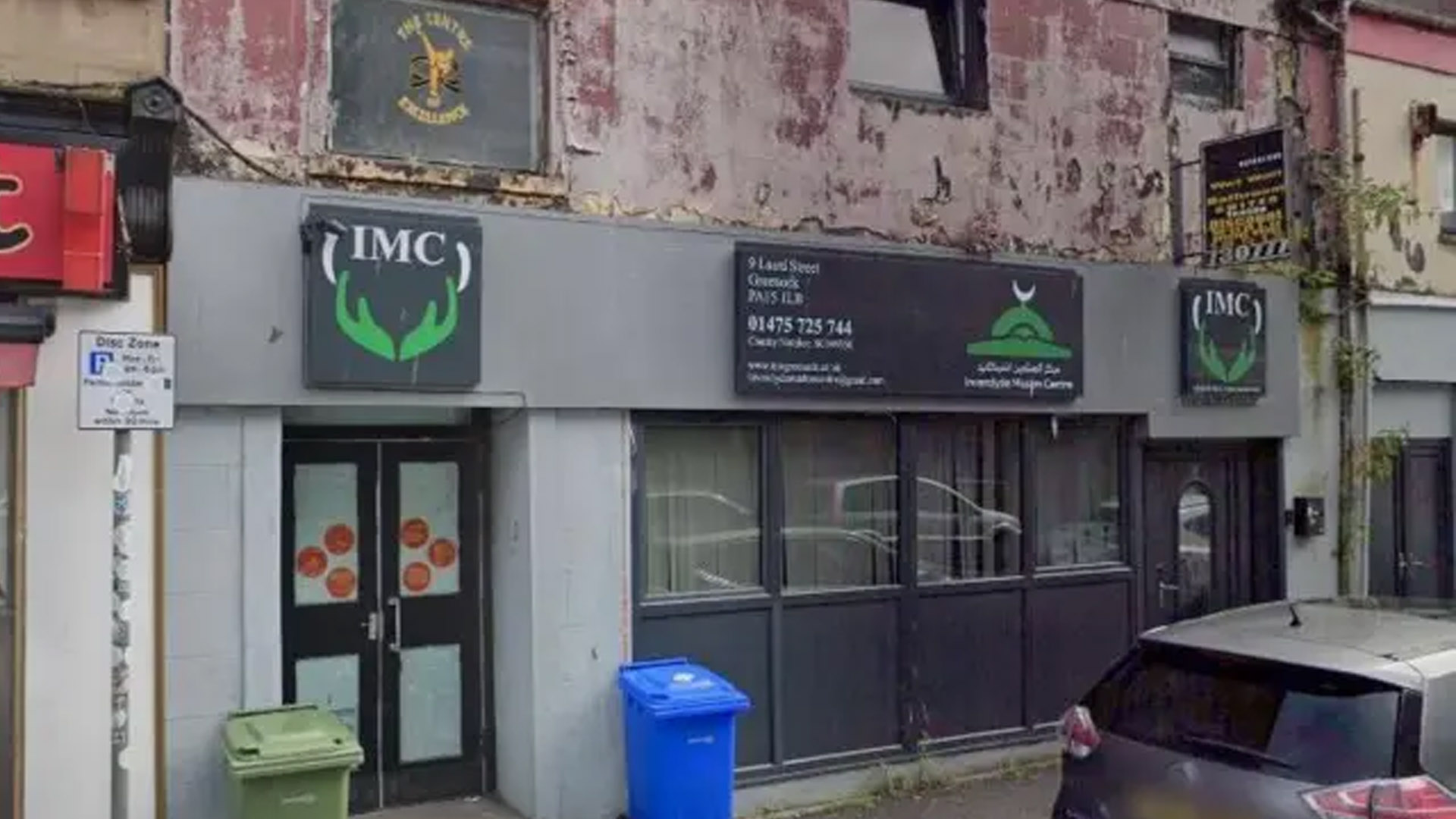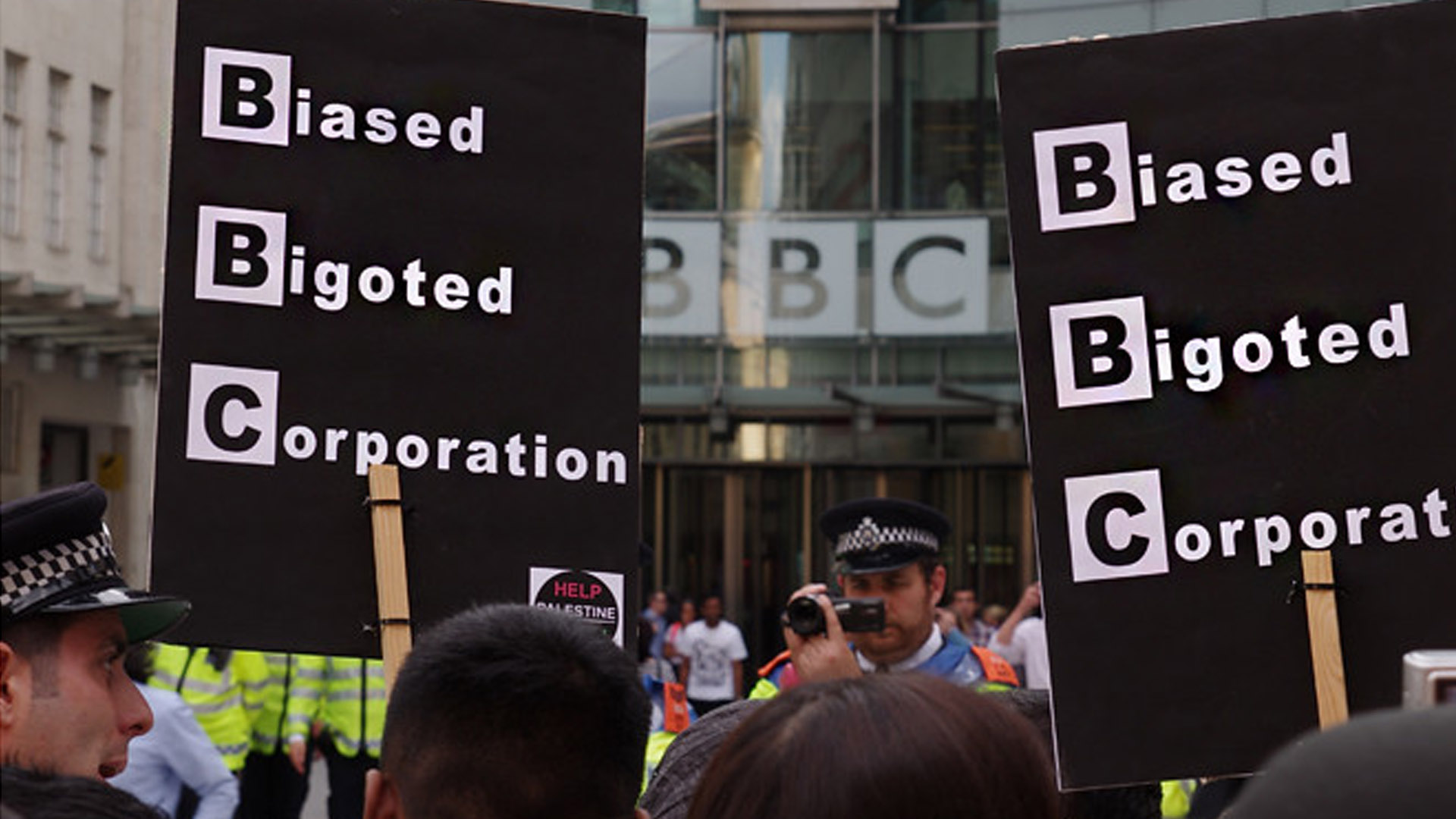
Nadine Osman
A 17-year-old boy has pleaded guilty to terrorism offences on July 11, after planning to carry out a mass murder by setting fire to a mosque in Greenock, a town in the west of Scotland. The boy, who cannot be named for legal reasons because of his age, was arrested on January 23 outside the Inverclyde Muslim Centre after police received intelligence about his plans.
The High Court in Glasgow heard that the teenager had been radicalised by far-right extremism since the age of 13, primarily through TikTok and the encrypted messaging app Telegram. He had developed sympathies with fascist and Nazi ideologies, idolising figures including Adolf Hitler, Benito Mussolini, Irish fascist Eoin O’Duffy, and Norwegian terrorist Anders Breivik, who murdered 77 people in a 2011 attack in Norway.
Between December 15, 2024, and January 23, 2025, the boy meticulously planned a terrorist attack on the mosque. He pretended to convert to Islam and gained the trust of the local imam, who allowed him access to the mosque for prayer and religious study. The boy participated in worship sessions and was at times left alone in the building, during which he filmed the layout, took notes, and sketched maps of the premises. Prosecutor Greg Farrell told the court, “He was trusted to be left alone in the centre, and he took several videos wandering the corridors of the building. In one video, he enters a room, and his own hand enters the shot, shaped like a gun.”
According to messages found on his phone, the teenager initially planned an attack at his school in Inverclyde. He recorded himself walking through school corridors while stating he intended to “liquidate” one of the offices and plant bombs under the cafeteria tables. In the footage, he said, “That’ll be funny, watch some reactions, that’ll be hilarious.” However, he later shifted his focus to the Inverclyde Muslim Centre, with plans to lock worshippers inside and set the building on fire using aerosol cans and lighters.
In online chats with an acquaintance on Telegram, he wrote: “It’s good to infiltrate the target, be it a mosque or synagogue, as they think I’m one of them because I infiltrated the place.” He also asked the contact to livestream the attack so it could be distributed along with a “final” manifesto that he drafted on his phone. In that document, he wrote that he intended to strike “tomorrow when the mosque will be at its fullest” and described himself as someone ready to “die for my land.”
On the morning of January 23, the boy left home dressed in black and carrying a military-style camouflage rucksack. His mother became concerned and contacted the police. Officers, acting on intelligence already received, were waiting for him at the mosque. When he arrived and found the door locked, police moved in. Upon questioning, the boy told officers, “Guns. I’ll tell you what’s in the bag so you don’t get hurt. I don’t want to hurt you.”
Inside the bag, officers found a German-made air pistol capable of firing metal pellets, along with ball bearings, CO₂ gas cartridges, four aerosol cans, and a mobile phone. A search of his home uncovered additional items including knives, airsoft replica firearms, bomb-making materials, a copy of Adolf Hitler’s Mein Kampf, a Quran, and The Anarchist Cookbook, a publication often linked to terrorist activity due to its content on homemade weapons and explosives. Investigators also found notebooks filled with Nazi symbols and tactical plans.
The court heard that the boy’s radicalisation began at an early age and was deepened by extremist content online. On his phone, police found a list of ideological “inspirations” and “dislikes,” the latter including British Prime Minister Keir Starmer, the Prophet Mohammed, and Jihadi John — a British member of the Islamic State responsible for multiple executions.
Defence counsel Tony Lenehan KC described the teenager as an “isolated, vulnerable young man, who had a wholesale world view of what was on the internet rather than personal experience.” The court also acknowledged that the boy is autistic and socially withdrawn but stressed the deliberate nature and seriousness of his actions.
The boy pleaded guilty to preparing acts of terrorism and possessing documents likely to be useful to someone preparing an act of terrorism, in violation of the United Kingdom’s Terrorism Act. Sentencing was deferred until next month to allow for psychological and background reports. He remains in a secure youth detention facility.
Assistant Chief Constable Andy Freeburn of Police Scotland stated that the arrest followed a “fast-moving and intelligence-led investigation” and emphasized that the public had not been at risk during the operation. “We will always act swiftly to protect our communities from harm,” he said, adding that support was being provided to the local Muslim community in the aftermath of the incident.
The case has drawn national and international attention as a stark reminder of the growing threat of online radicalisation among youth and the dangerous spread of far-right ideology.
Photo: Inverclyde Islamic Centre on Laird Street, Greenock. A 17-year-old boy was arrested outside the centre on January 23 after police received intelligence about his plan to carry out a terrorist attack. (Credit: Google)


